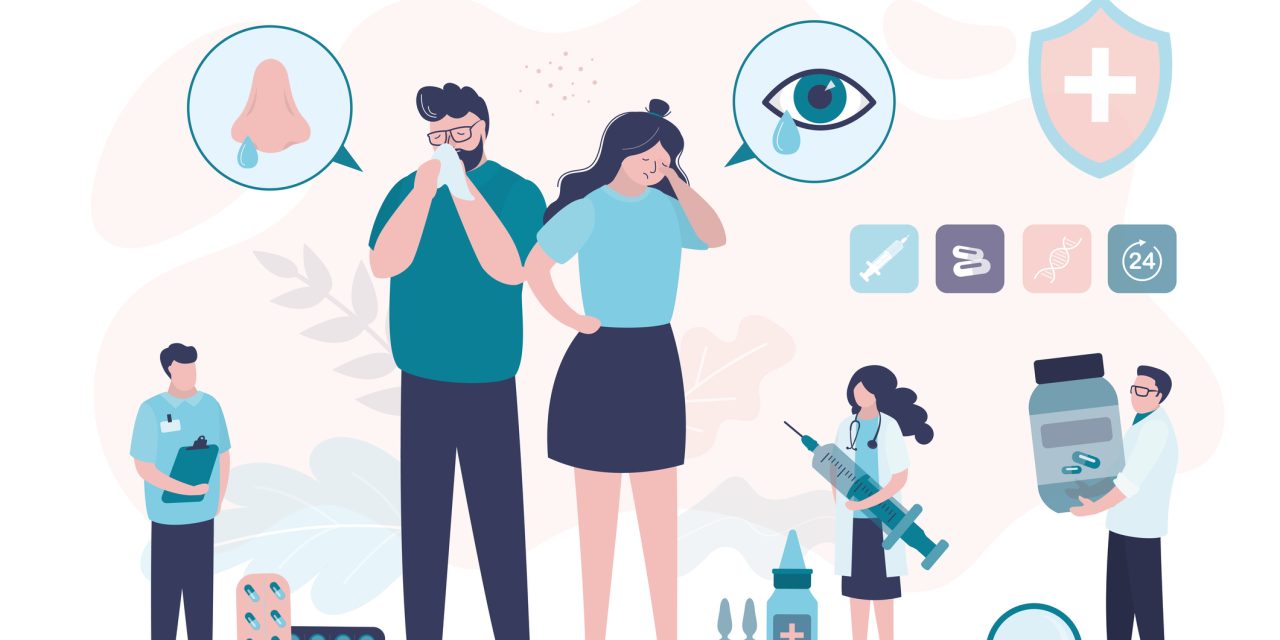Pediatric patients admitted for acute lung disease are treated and monitored in the hospital, after which full recovery is achieved at home. Many studies report in-hospital recovery, but little is known regarding the time to full recovery after hospital discharge. Technological innovations have led to increased interest in home-monitoring and digital biomarkers. The aim of this study was to describe at-home recovery of 3 common pediatric respiratory diseases using a questionnaire and wearable device.
In this study, patients admitted due to pneumonia (n = 30), preschool wheezing (n = 30), and asthma exacerbation (AE; n = 11) were included. Patients were monitored with a smartwatch and a questionnaire during admission, with a 14-day recovery period and a 10-day “healthy” period. Median compliance was calculated, and a mixed-effects model was fitted for physical activity and heart rate (HR) to describe the recovery period, and the physical activity recovery trajectory was correlated to respiratory symptom scores.
Median compliance was 47% (interquartile range [IQR] 33-81%) during the entire study period, 68% (IQR 54-91%) during the recovery period, and 28% (IQR 0-74%) during the healthy period. Patients with pneumonia reached normal physical activity 12 days postdischarge, while subjects with wheezing and AE reached this level after 5 and 6 days, respectively. Estimated mean physical activity was closely correlated with the estimated mean symptom score. HR measured by the smartwatch showed a similar recovery trajectory for subjects with wheezing and asthma, but not for subjects with pneumonia.
The digital biomarkers, physical activity, and HR obtained via smartwatch show promise for quantifying postdischarge recovery in a noninvasive manner, which can be useful in pediatric clinical trials and clinical care.
© 2021 The Author(s) Published by S. Karger AG, Basel.
Postdischarge Recovery after Acute Pediatric Lung Disease Can Be Quantified with Digital Biomarkers.


